By Robert Barr Smith
Some Tommies swore it had been St. George, the warrior saint of England. Others said the “Angels of Mons” might have been St. Michael, since he carried a gleaming sword. A few said they couldn’t tell, but it had definitely been an angel, maybe more than one. Some men were sure they had seen three wonderful, tall figures towering above the smoke and dust of the battlefield. For others it had been a brilliant light, a golden aura against a brilliant sky, or a cloud in which indistinct but heroic figures had come and gone, aided by phantom archers from the olden days of the English warrior-kings. Whatever it was, the soldiers agreed, it had saved their lives. No amount of civilian scoffing would ever change that.
Skeptics back in England and America did scoff, but that was to be expected. Well-meaning clergymen and physicians made wise and condescending remarks about hysteria, battle fatigue, and fear. Others shook their heads knowingly and tut-tutted about superstition and overactive imaginations. Perhaps that was what had caused these “visions,” as the newspapers called them. But the naysayers and doubters hadn’t been there. They hadn’t fought against enormous odds, with comrades dying next to them, baked by a remorseless sun and drenched with rain. And they hadn’t walked the dreadful road west from Mons itself.
It was 1914 when the Angels of Mons were first reported by World War I soldiers. Europe flamed and thundered with the red ruin of war. The roads of France and Belgium swarmed with endless columns of dusty infantry, miles of horse-drawn guns and wagons, and miserable hordes of Belgian civilians trying to move what remained of their lives in carts. Over the miles, from the Swiss frontier to the Belgian fortress of Liege, the armies clashed and the casualties mounted. In those terrible days of August heat, the powerful German right wing swung like a great fist west and southwest from the Belgian frontier and struck deep into France.
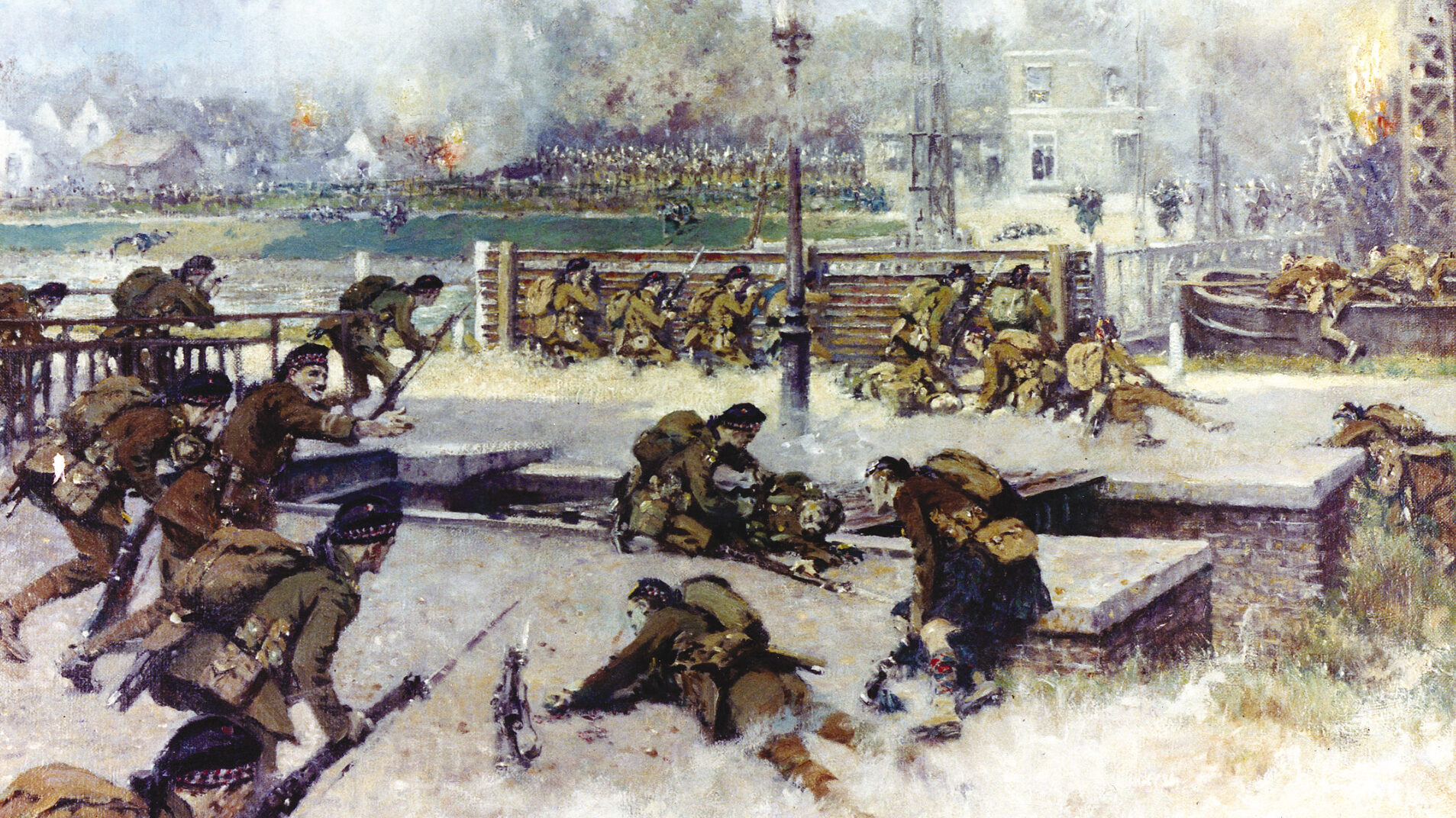
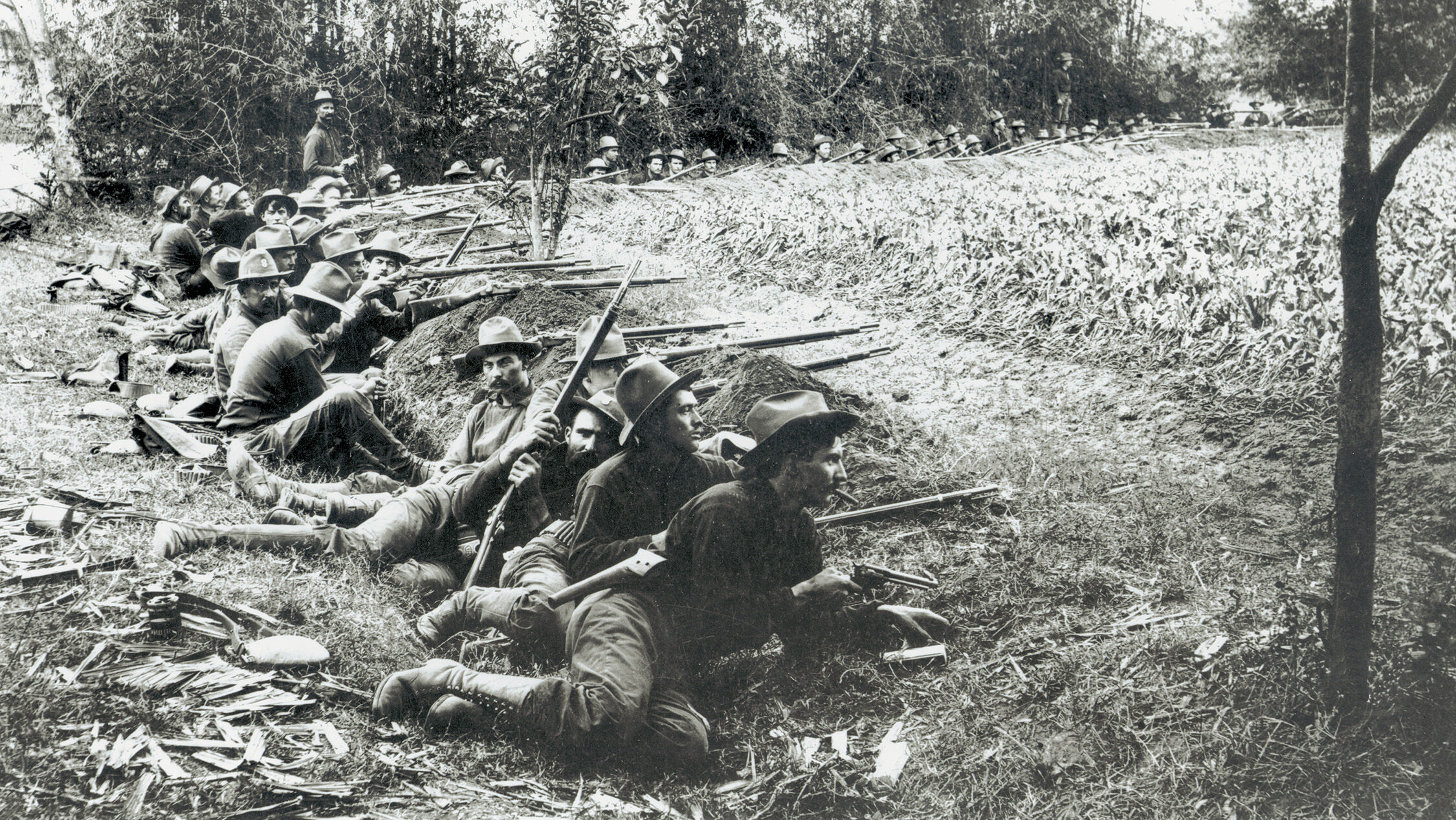

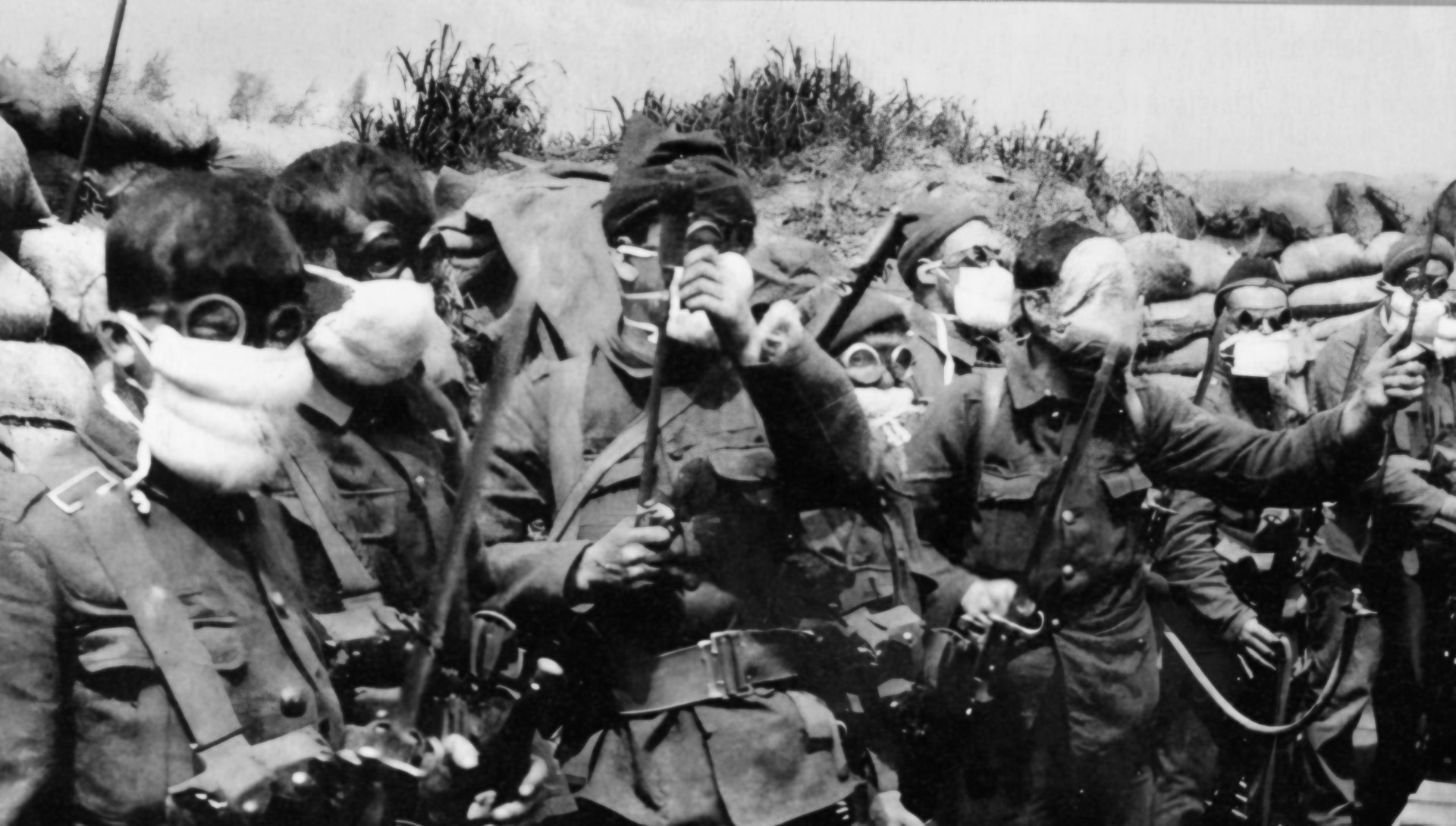
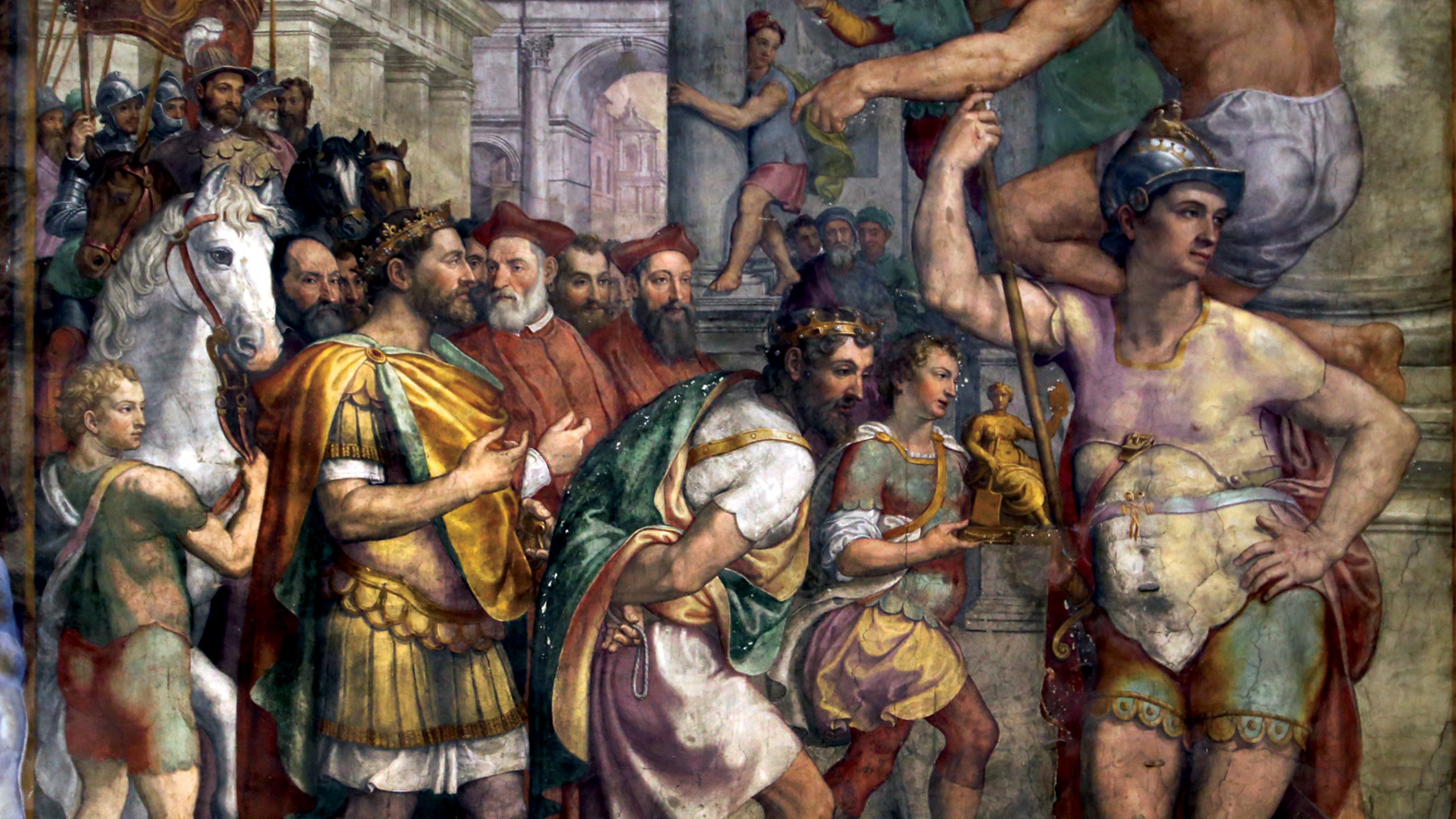
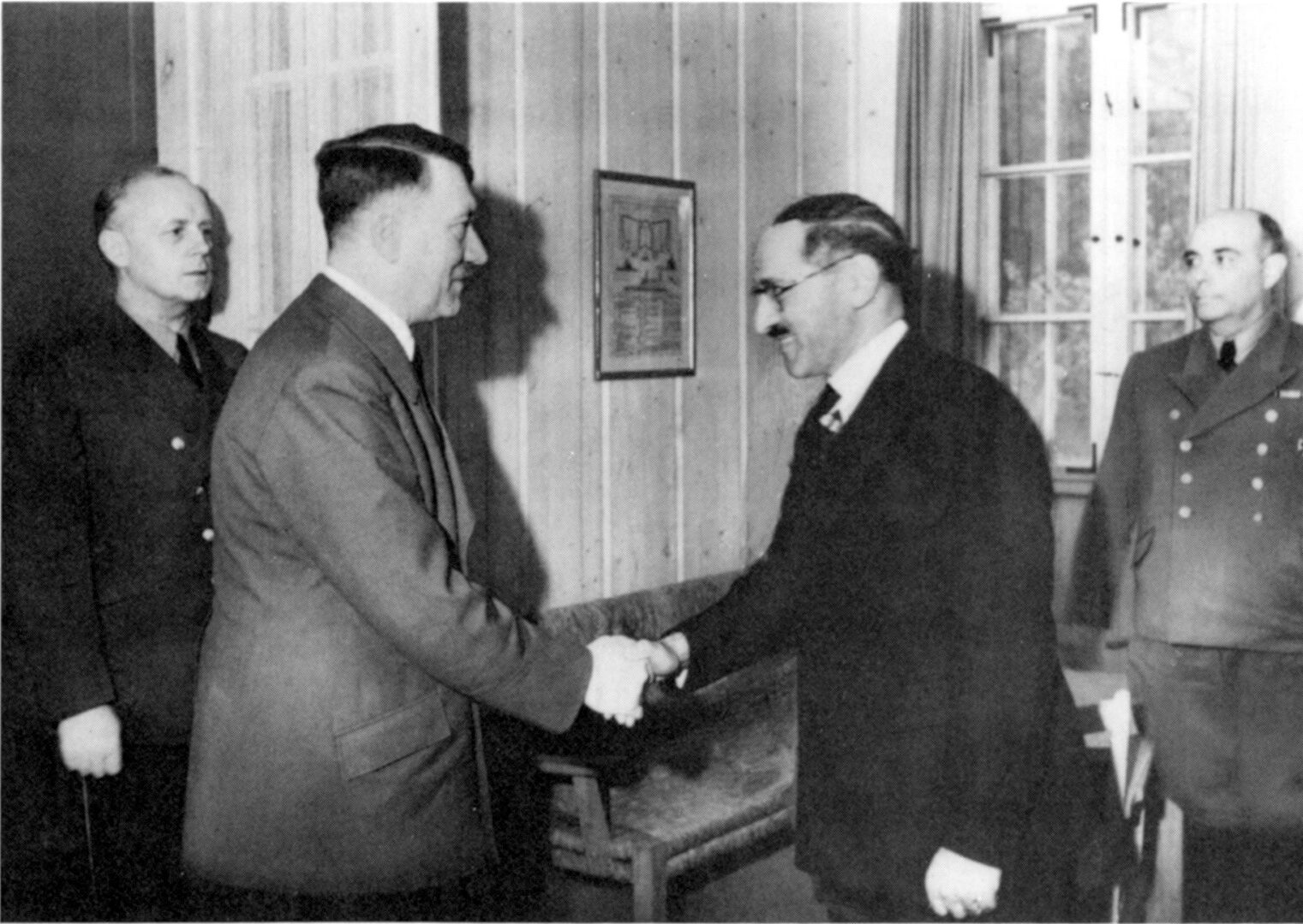
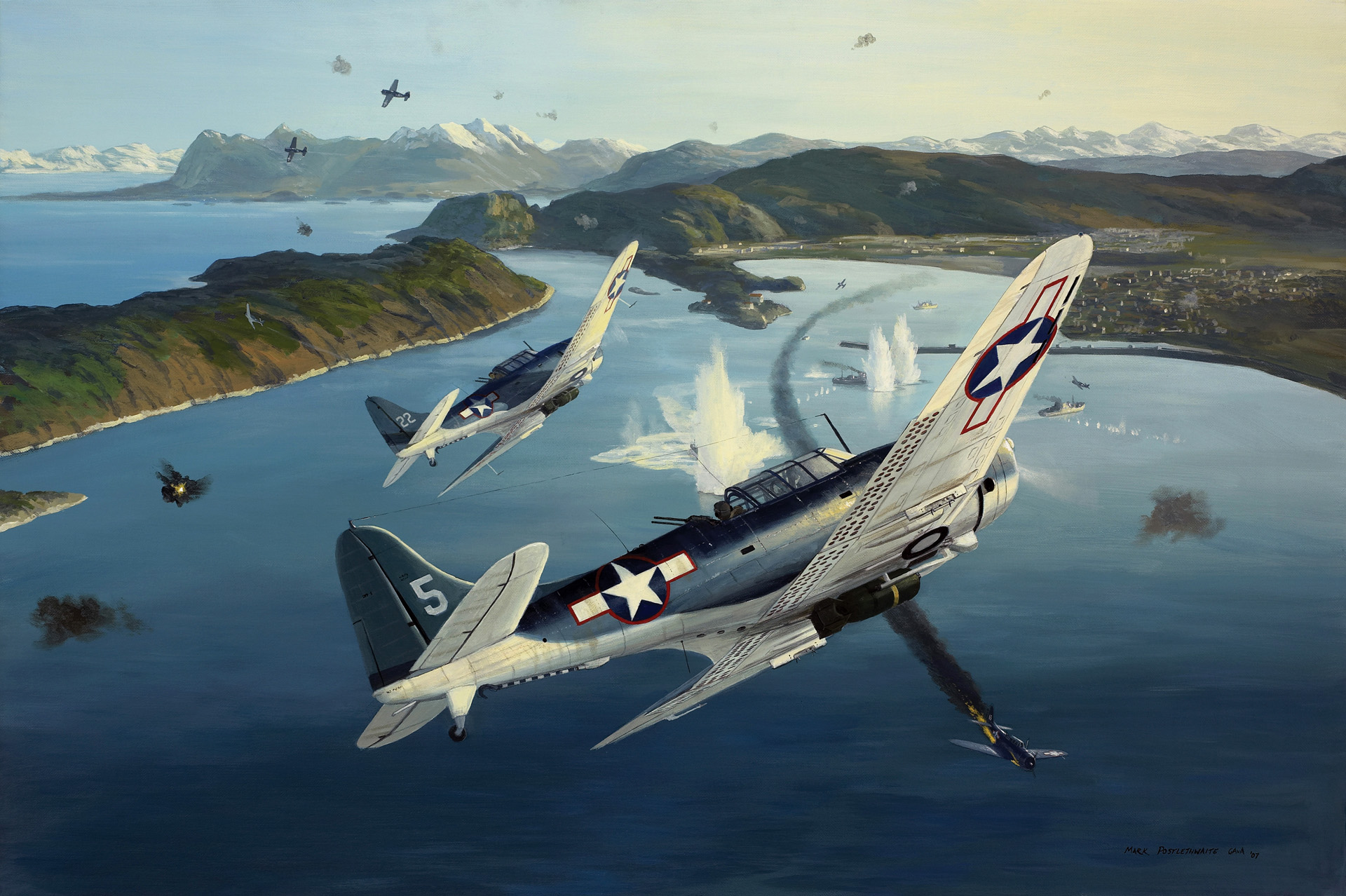
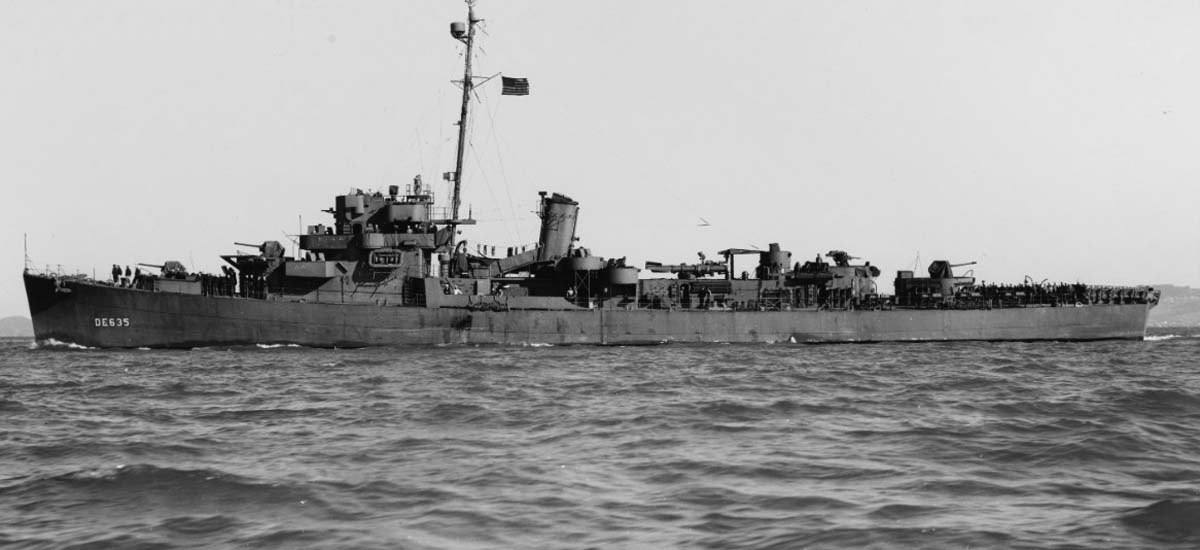
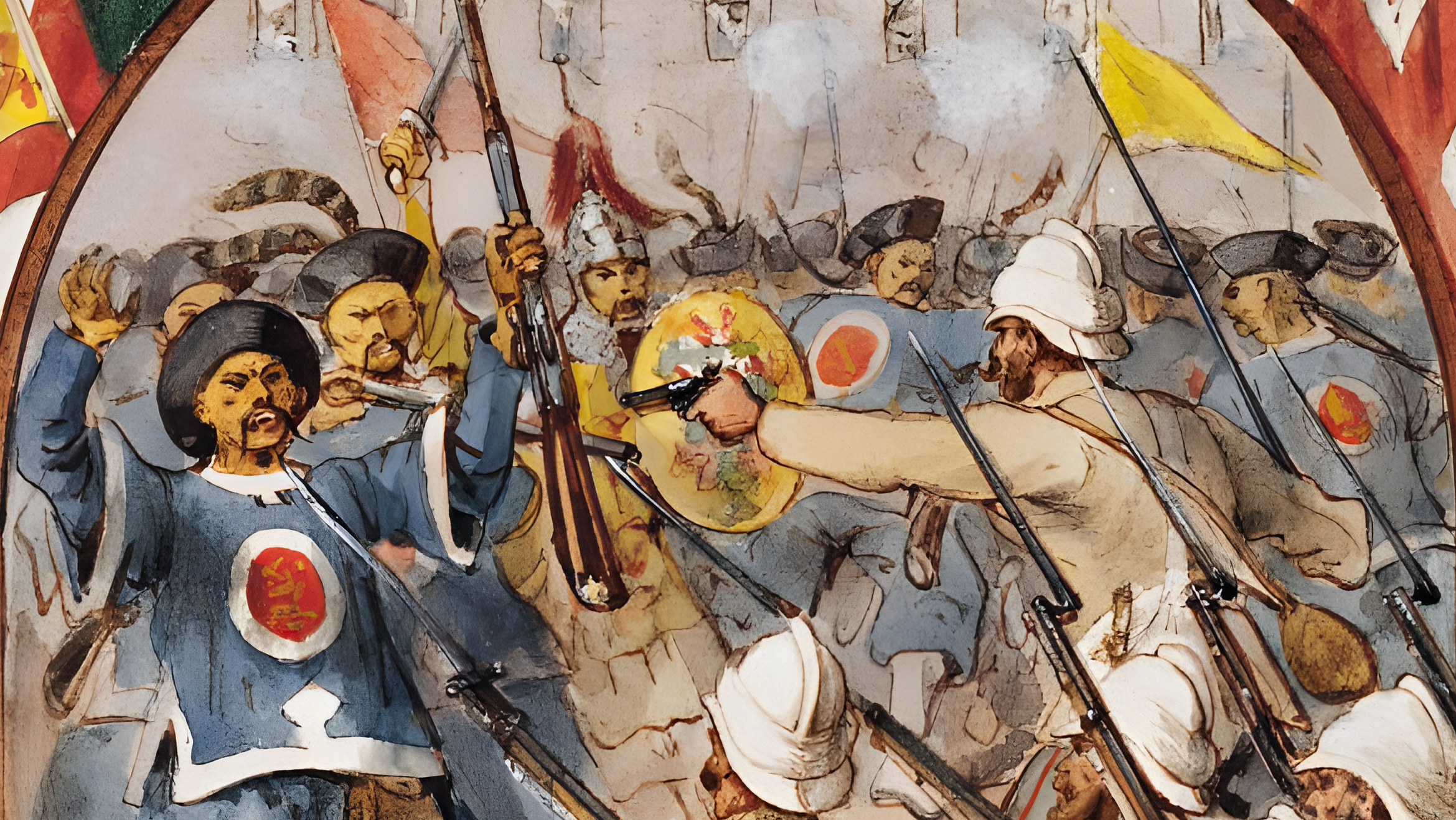
I believe the soldiers did see something supernatural and heavenly There are stories of people who pray in desperate situation get help from God. The lord will send his army of angels to help the poor souls.
The Angles of Mons was meteor shower that fell straight down from the sky. People in that time had not heard of this natural happening,
And so they became ‘Angles’.
And what of the German soldiers who saw these angels or apparitions and turned and fled????? Were any of them interviewed? Was there any reporting by any of them of what they saw? Are there any historical documents on the German side about this?
You didn’t read this article properly . Germans were also documented to have seen extraordinary figures which they faced off against and could not defeat. It’s a strange story . It never occurred subsequently . It makes you wonder what was aroused in August 1914 and never seen after .
Saw on TV one step beyond.american show from the 60 s dramatised it guys facing the firing squad for desertion.it may be on u tube
I’ve read that at one stage in the war, the Germans projected magic lantern images of the Virgin Mary onto the smoke over the French trenches, for what purpose I don’t recall. I’ve not been able to find confirmation of this story.
My great grandfather was there as a member of the MGC. My grandmother, his daughter often told me the story of the Angels of Mons as my Great Grandfather was adamant that had if not been for the sky lighting up with a choir of Angels they would have all been slaughtered.
Hi, just wanted to comment on the Angels of Mons. My grandfather from Guernsey told me this story when we lived with him in 1964 as he had fought in France in ww1, he told me it was a field of angels and he was a very proud man and would not make a story up for fame.
As I was watching an old episode of the TV series, One Step Beyond, regarding this incident, a thought occurred that this may have been a UFO sighting, similar to theories about the Fatima incident. I’m sure this theory has already been proposed.
Regardless of what one believes was actually there, it caused a near supernatural result. The Germans appeared on the verge of succeeding in a lightning advance similar to that in the Franco-Prussian War over a generation earlier. They were following the Von Schlieffen plan but for a number of reasons that came together in failure, including Mons, the German army was delayed at several points which cost them their expected quick victory. Although four years of hard fighting lay ahead, this gave the allies, including later the US, the time needed to mount first a defense then offensive operations.